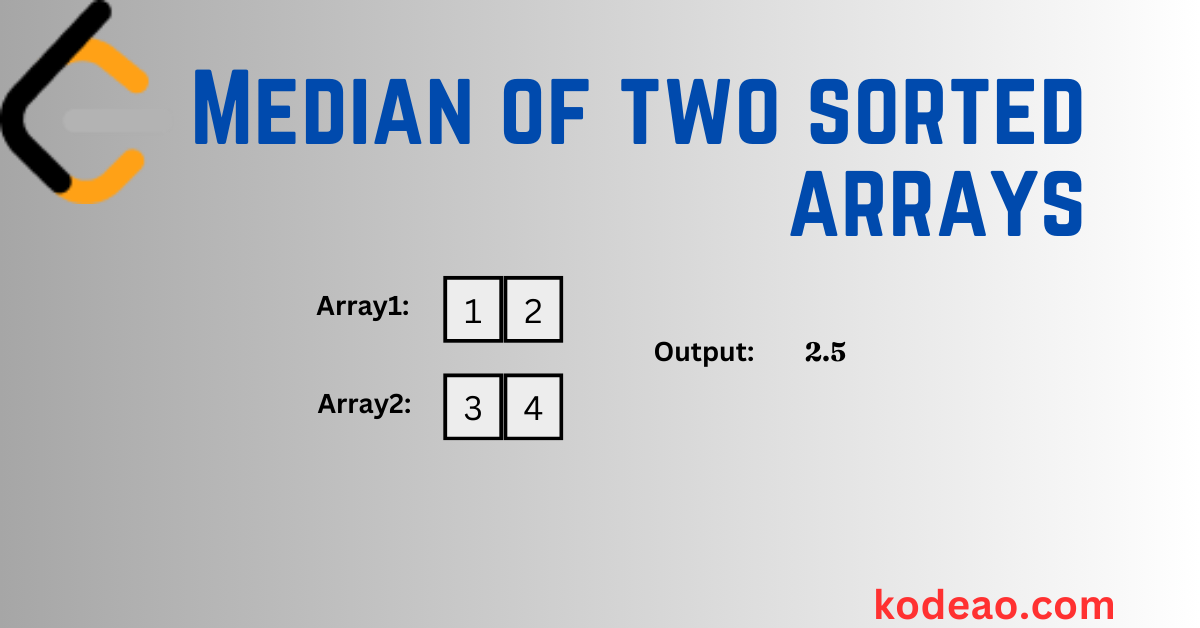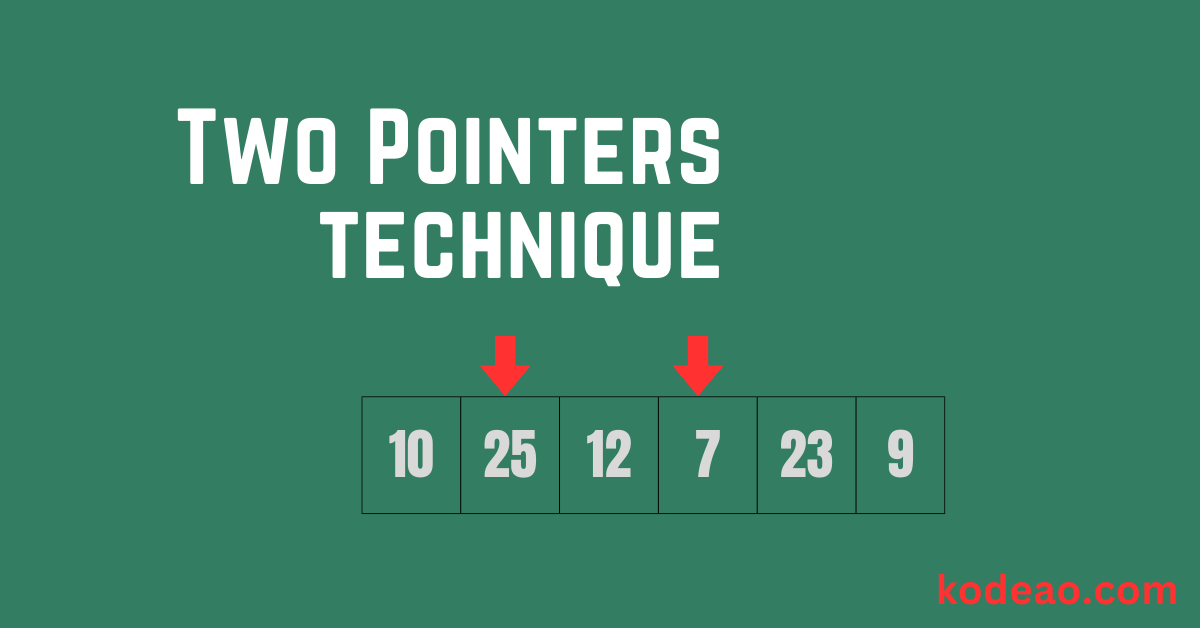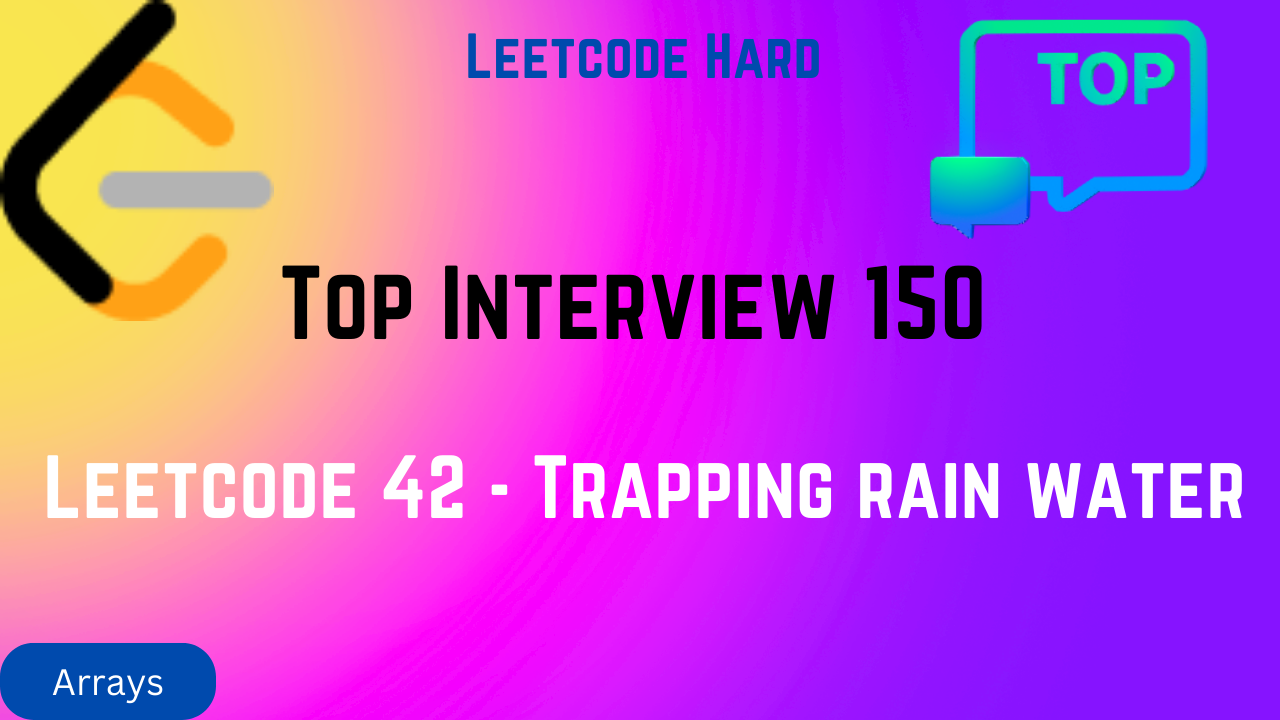Longest Valid Parentheses – Leetcode 32 Solution
The Longest Valid Parentheses Leetcode problem is a classic string problem that tests your ability to work with parentheses and logic structures. Here’s the problem statement: Given a string containing just the characters ‘(‘ and ‘)’, find the length of the longest valid (well-formed) parentheses substring. This blog post will walk you through several approaches … Read more



